You are here
Back to topAQSIQ: Oversees Suppliers and Domestic Export Update
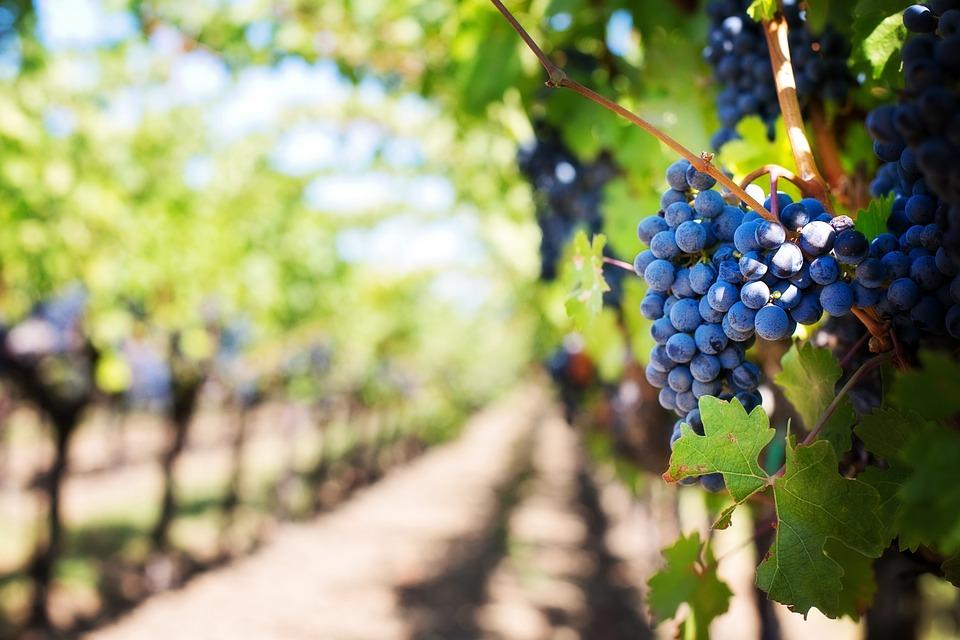
On July 13, 2017, China’s General Administration of Quality Supervision, Inspection and Quarantine (AQSIQ) updated the permissible fruit lists for imports and exports.
First, Egyptian grapes became the most recent addition to the list of allowable fruit imports. This update also introduced names of newly registered French kiwifruit suppliers, packaging facilities and orchards (French kiwifruit previously gained access to the Chinese market). As for updates concerning domestic Chinese exporters, AQSIQ announced Chinese banana exports now have official entry access to New Zealand markets.
Those approved for Chinese import include 16 Egyptian grape exporters, 15 Egyptian packaging facilities, 5 French kiwifruit exporters, 10 French packaging facilities, and 337 French kiwifruit plantations.
Supply of Egyptian grapes in the Chinese market will be between June and July, during which time they will face competition from domestic Chinese grape suppliers. The Administrative Director of the Egyptian Agricultural Export Council (AEC) Hany Hussein explained Egyptian grapes and Chinese grapes differ significantly in terms of variety and taste. Grape varieties grown in Egypt, such as Sugraone, Prime Seedless, and Crimson Seedless, have a good reputation in international markets. Moreover, Egyptian grape exporters maintain a rich variety of grape exports through extensive training, research and development.
Details for Chinese fresh fruits that have obtained overseas market access are as follow:
Banana (Musa spp.): New Zealand
Apple (Malus domestica): Chile, Argentina, Mexico, Peru, South Africa, Australia, USA, Canada, Thailand, Mauritius
Pear (Pyrus bretschneideri, Pyrus sp. Nr. Communis, Pyrus pyrifolia):Canada, USA, Mexico, Argentina, Chile, Peru, South Africa, New Zealand, Australia, Thailand, Mauritius, Israel (except for Pyrus sp. Nr. Communis)
Apple (Malus domestica): Chile, Argentina, Mexico, Peru, South Africa, Australia, USA, Canada, Thailand, Mauritius
Pear (Pyrus bretschneideri, Pyrus sp. Nr. Communis, Pyrus pyrifolia):Canada, USA, Mexico, Argentina, Chile, Peru, South Africa, New Zealand, Australia, Thailand, Mauritius, Israel (except for Pyrus sp. Nr. Communis)
Orange (Citrus sp.): Peru, Mexico, Thailand, Mauritius (only for 【Citrus grandis;Pomelo】), Chile
Litchi (Litchi chinensis): Japan, Uruguay, Chile, Australia, Korea
Longan (Dimocarpus longgana): Uruguay, Chile, Australia, USA
Melon,Cantaloupe (Cucunmis melo): Japan
Grape (Vitis vinifera): New Zealand, Australia, Thailand
Cherry (Prunus avium): Korea, China Taiwan
Chinese date (Zipiphus jujube): South Africa, Thailand
Nectarine (Prunus persica var. nectarina): Australia
* Traditional trade not on this list
Produce Report consulted AQSIQ about the meaning of “Traditional Trade”. AQSIQ replied with the following:
Traditional Trade refers to direct exports of certain fruits that do are not authorized by bilateral protocols—like the export of Chinese citrus fruit to Russia. Detailed statistics about import countries and fruit varieties involved in traditional trade are not available due to the lack of phytosanitary requirements and/or official market access procedures.




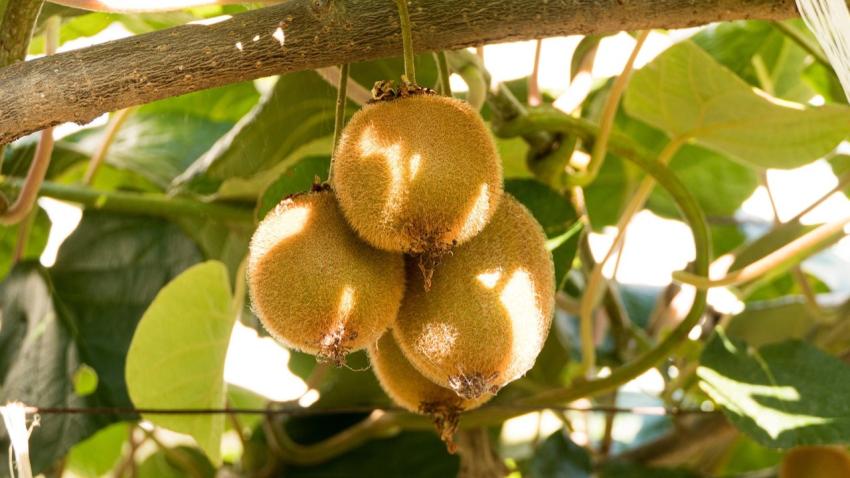
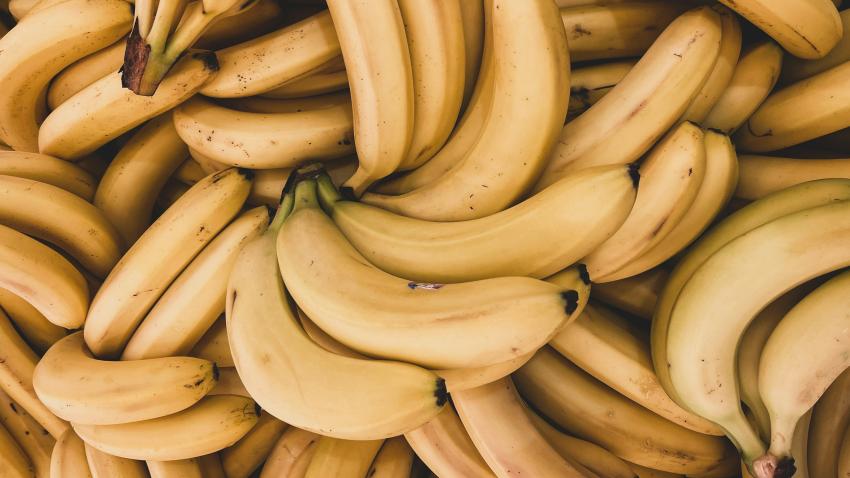
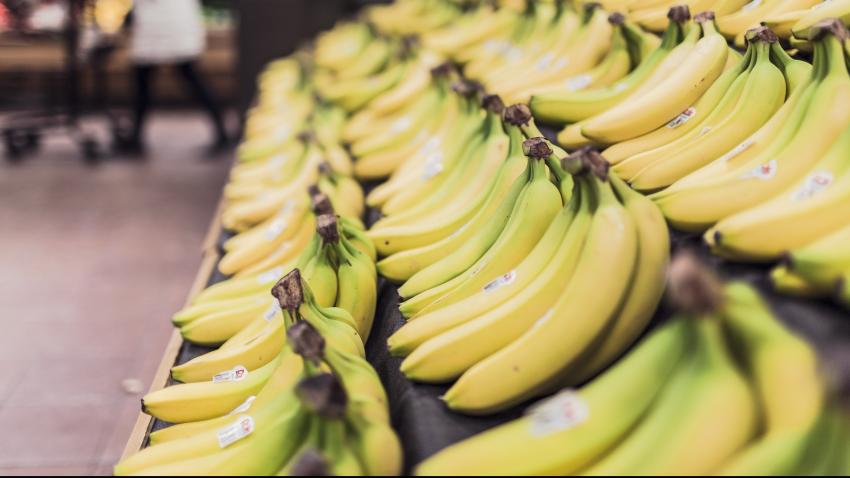
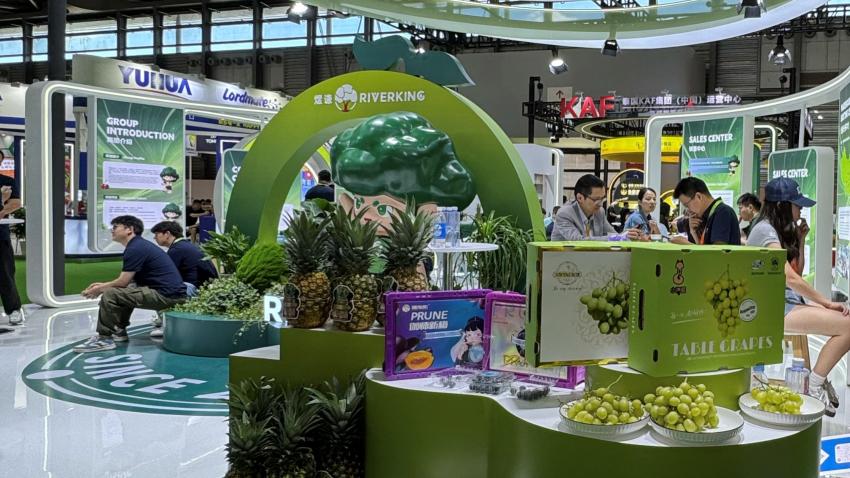







Add new comment